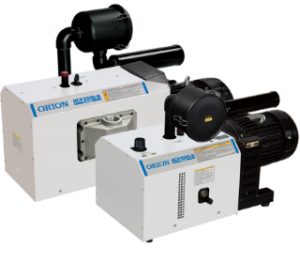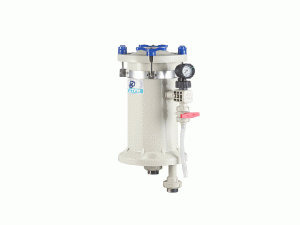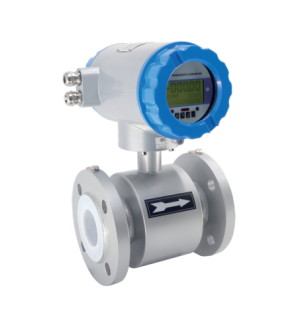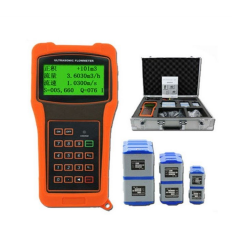Dive into the world of magnetic drive pumps Penang, where innovation meets fluid transfer excellence, courtesy of HHM Engineering Sdn. Bhd. These remarkable pumps are revolutionizing the industry with their leak-free design and efficient operation, all thanks to magnetic coupling technology. HHM Engineering stands at the forefront of this advancement, offering not only cutting-edge pumps but also customized solutions tailored to unique operational needs. Discover how HHM Engineering is reshaping the fluid transfer landscape in Penang and beyond.
-

Blowers (3)
Blowers
-

Chemical Filters (8)
Chemical Filters
-

Dry Vacuum Pumps (13)
Dry Vacuum Pumps
Dry Vacuum Pumps. Our lineup includes everything from the basic KCP models to inverter models, Module-Multi models, and others.
-

Electromagnetic Flow Meter (1)
Electromagnetic Flow Meter
-

Handheld Ultrasonic Flow Meter (2)
Handheld Ultrasonic Flow Meter
-

Magnetic Drive Pumps (8)
Magnetic Drive Pumps
Magnetic drive pumps are a cost-effective solution as they require less maintenance because they do not use gland packings or mechanical seals.
-

Oil Sealed Rotary Vane Vacuum Pumps (7)
Oil Sealed Rotary Vane Vacuum Pumps
We are the right choice if you are looking for a rotary dry vane vacuum pump Penang. A rotary dry vane vacuum pump is a common type of vacuum pump used in research and manufacturing. It uses a rotating barrier to create a vacuum instead of a bell jar, like a normal vacuum pump. This provides more continuous power to the system, resulting in a higher level of vacuum that is more stable and consistent.
-

Oil-Free Vacuum Pumps (8)
Oil-Free Vacuum Pumps
Oil-Free Vacuum Pump for both vacuum and pressure systems, and do not contaminate the work environment and work pieces with oil.
A vacuum pump is an essential component of any vacuum system. It can remove air from the system and create a vacuum, the pressure below atmospheric pressure typically used for working on delicate surfaces such as glass and plastic. This type of pump is known for its quiet operation and for being oil free.
A SOUZ Vacuum Pump is designed to be oil-free, so you won't have to worry about leaky seals or valves. An oil-free vacuum pump is a great choice for those who work with sensitive materials and equipment. We are the right choice if you are looking for a SOUZ vacuum pump in Penang. -

Self Priming Pumps (3)
Self Priming Pumps
Self-priming pump was inherently designed to allow the pump to re-prime itself typically under lift conditions. Introducing the groundbreaking world of self-priming pumps by HHM Engineering Sdn. Bhd.
-

Vertical Pumps (10)
Vertical Pumps
The vertical pump is a pump use for acid and alkali resistant soaking in water.


